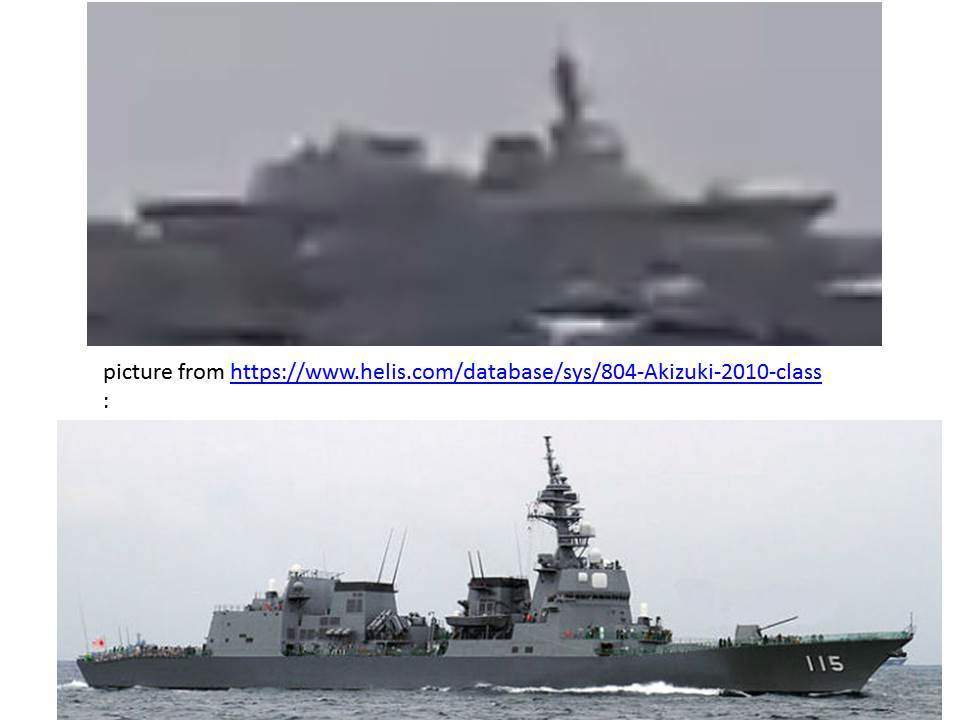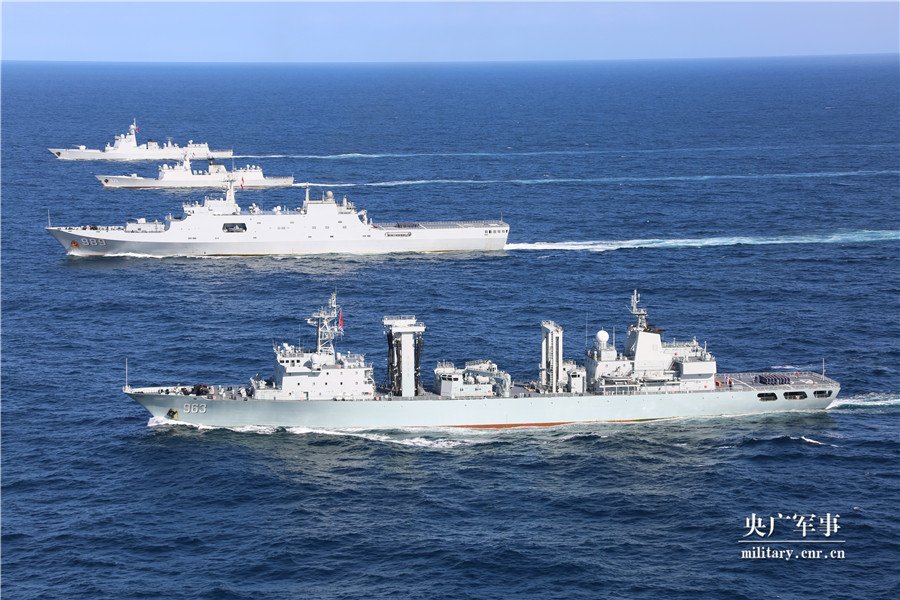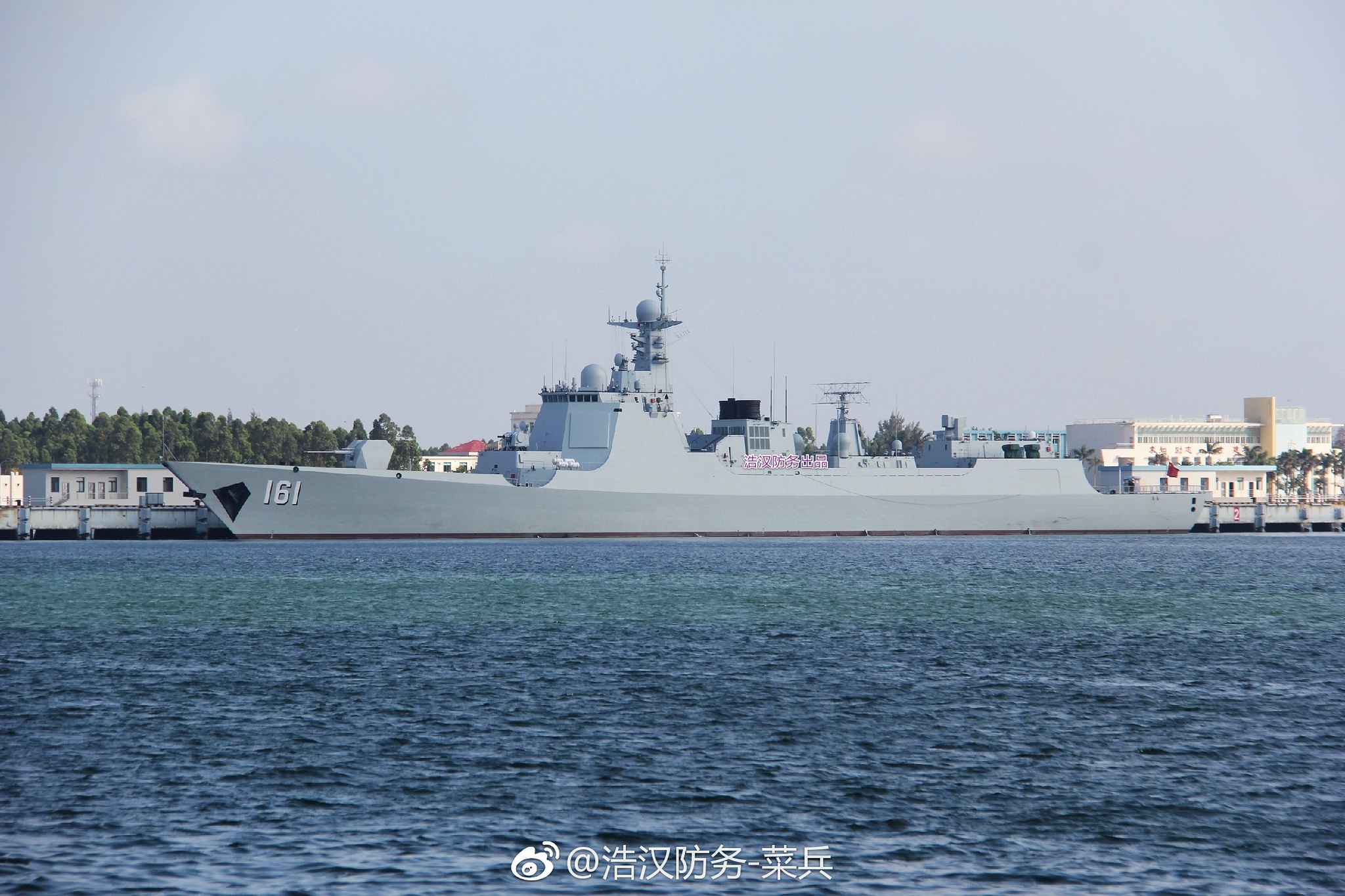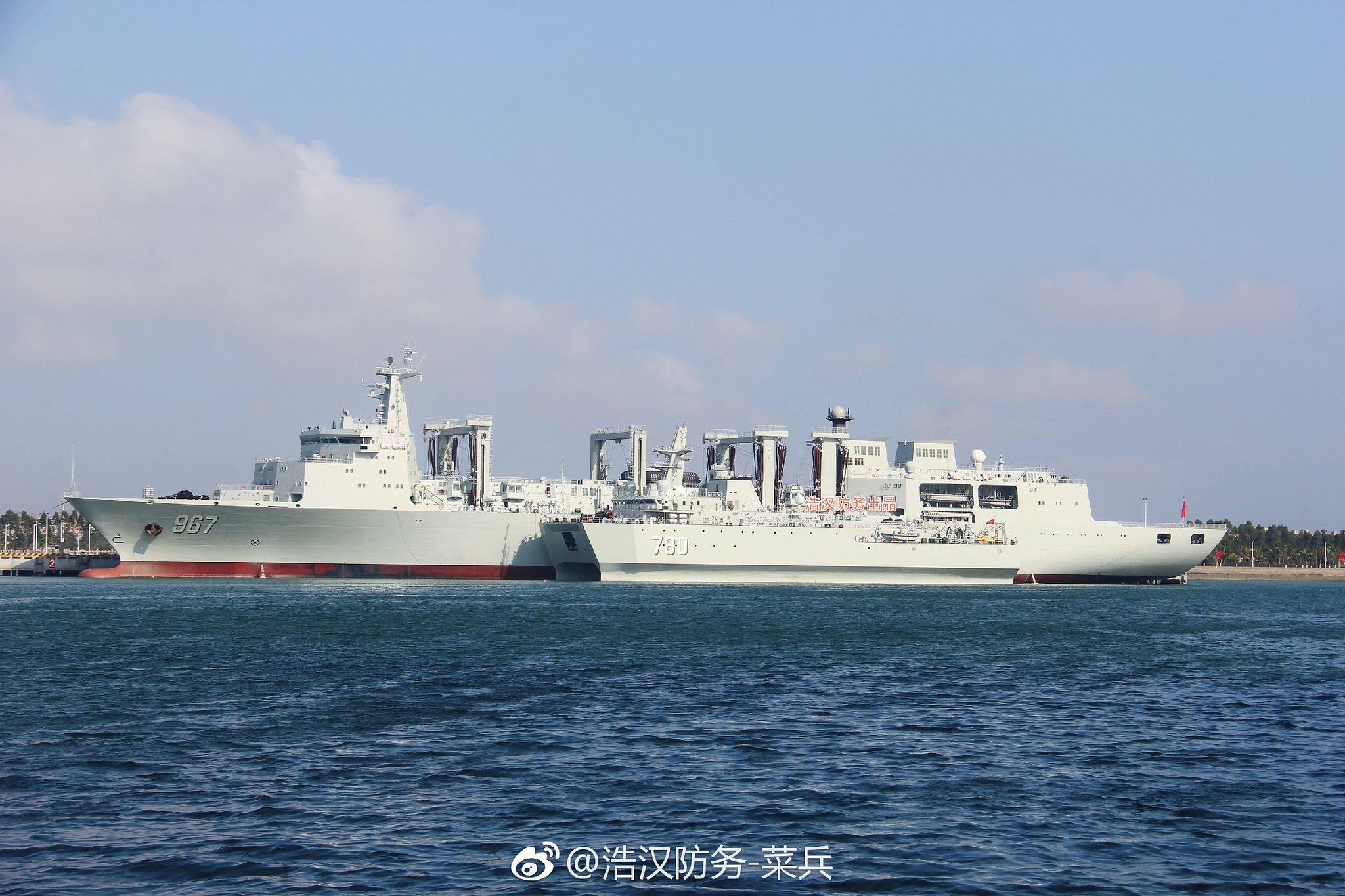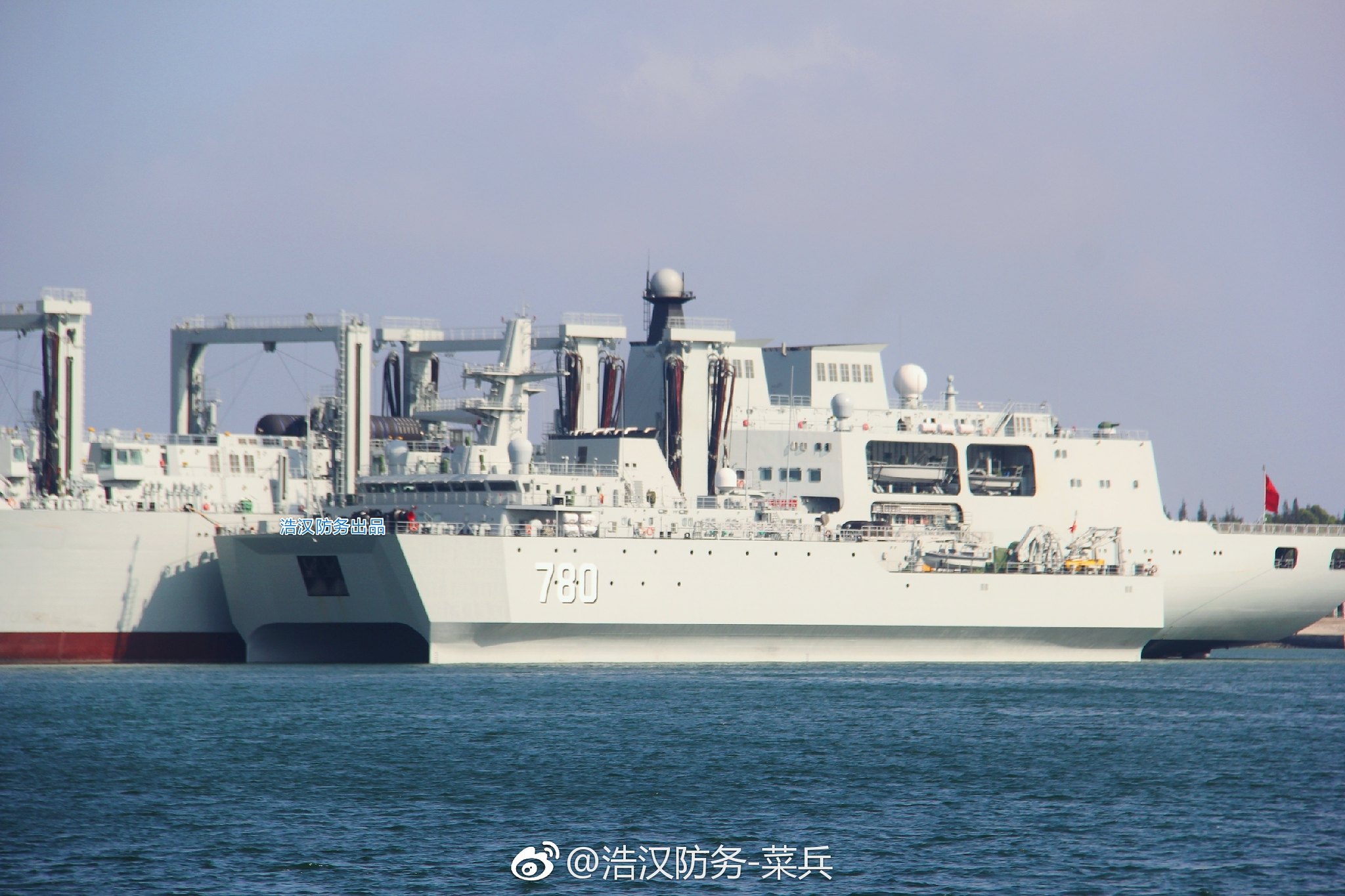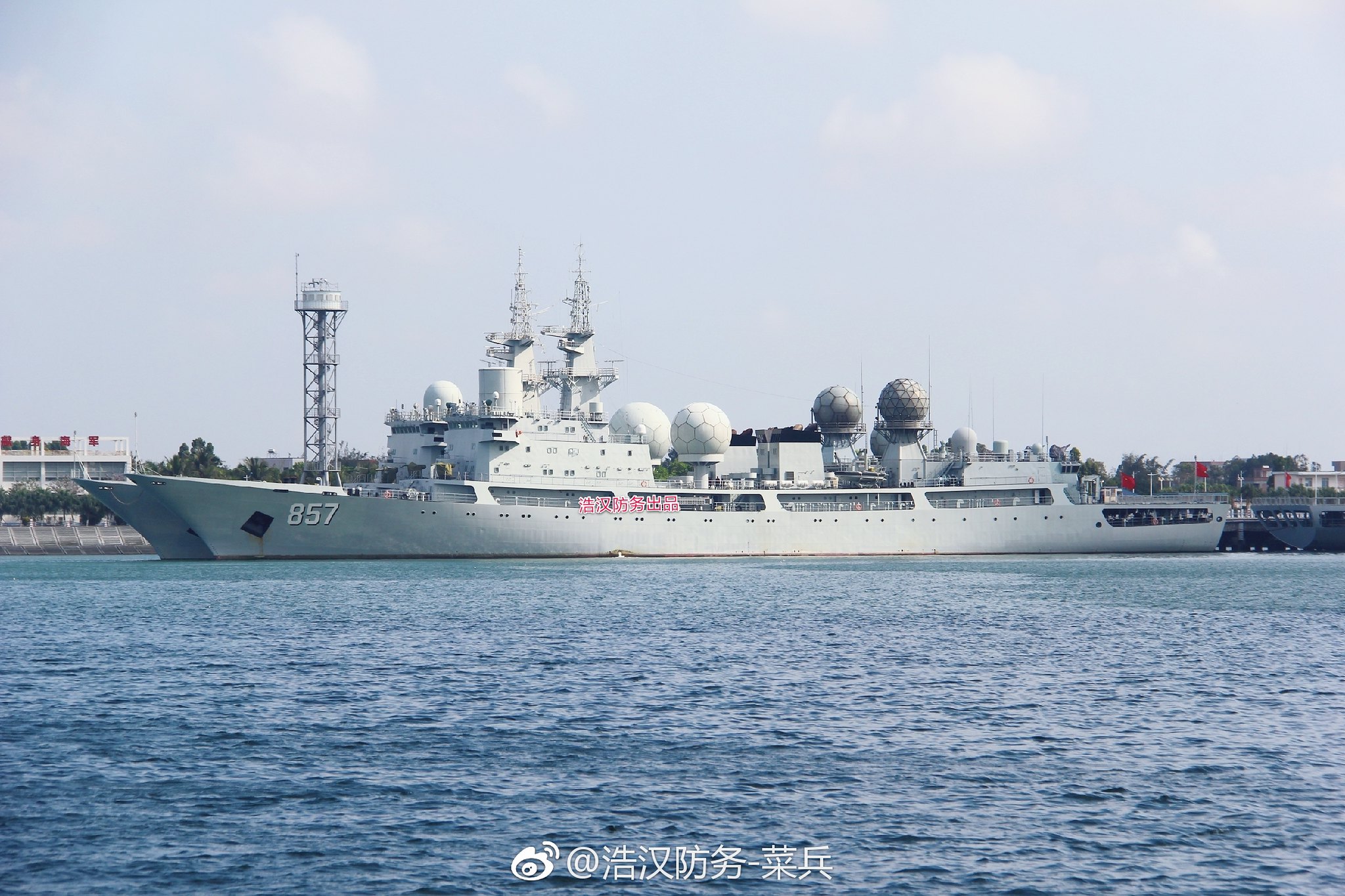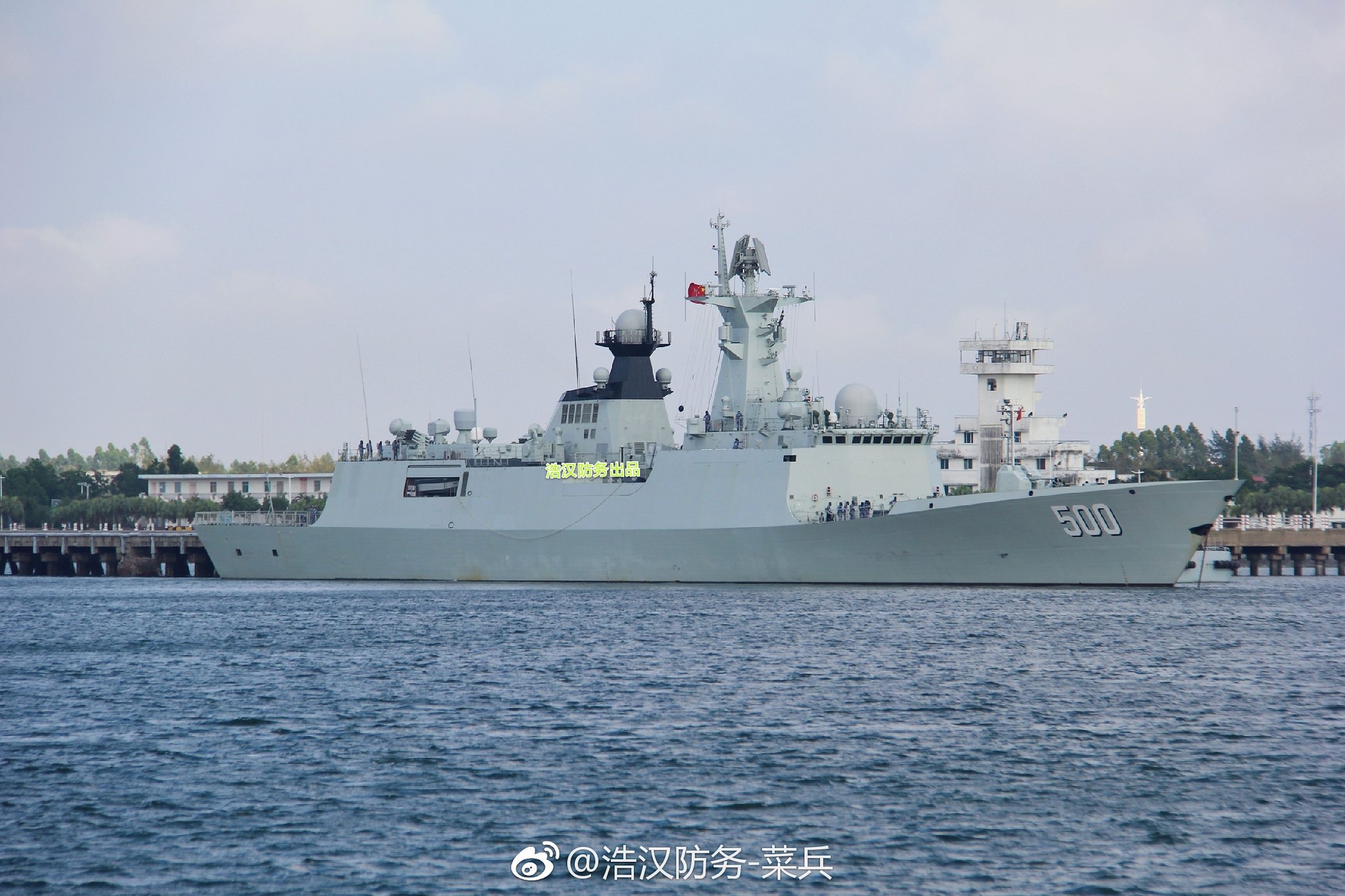China has conducted a month of drills in the South China Sea and the western and central Pacific involving its navy, air force and missile unit.
Military observers said the exercises indicated the People’s Liberation Army wanted to put its wartime command system to the test and also strengthen its missile defences in the South China Sea.
The waterway is one of the world’s busiest and is subject to overlapping territorial disputes involving China, Vietnam, the Philippines, Taiwan, Malaysia and Brunei.
Several of China’s newest warships took part in the exercises, according to a statement from the navy’s South Sea Fleet. They included guided missile destroyer the Hefei, guided missile frigate the Yuncheng, amphibious landing dock Changbaishan and the replenishment oiler Honghu.
To simulate a real wartime situation, the exercise had no pre-planned scenario and no advance notice was given, with all command instructions and procedures following an actual combat situation, the statement said.
“This training enabled us to deepen our knowledge of a systematic combat situation at sea and improve our capabilities,” it said.
Other training included repelling advancing vessels, rescue by force and live-fire exercises.
Over the course of the 34-day mission, which began on January 16, the joint forces carried out 20 drills.
A source close to the PLA said the Rocket Force also sent a communication group to take part because one of the drills involved missile defence, and troops stationed on Chinese-controlled islands in the South China Sea also joined the exercises.
“The Rocket Force would like to deploy its HQ-9 anti-air missiles and YJ anti-ship missiles on Woody Island on a permanent basis,” according to the source, who requested anonymity.
Woody is the largest of the contested Paracel Islands in the South China Sea. It is also claimed by Taiwan and Vietnam but is under China’s control.
The PLA has set up missile positions on Woody Island as well as several other man-made land features in the Spratly chain. Satellite images earlier showed missiles launchers installed on these artificial islands, but they have since been removed.
“China has not deployed assault weapons on islands in the South China Sea partly because the US is conducting frequent reconnaissance flights in the region,” the source said.
Hong Kong-based military analyst Song Zhongping said the latest exercises were an attempt by the PLA to better integrate the Rocket Force’s conventional and tactical units with the Southern Theatre Command, which oversees the South China Sea.
He added that the PLA had been restructuring its command chain since 2015.
“The Rocket Force’s nuclear missile power falls directly under the Central Military Commission, but responsibility for the conventional missile force would be transferred to the theatre command during wartime,” Song said. “This exercise was to put to the test the so-called combined force command, with all these capabilities.”

